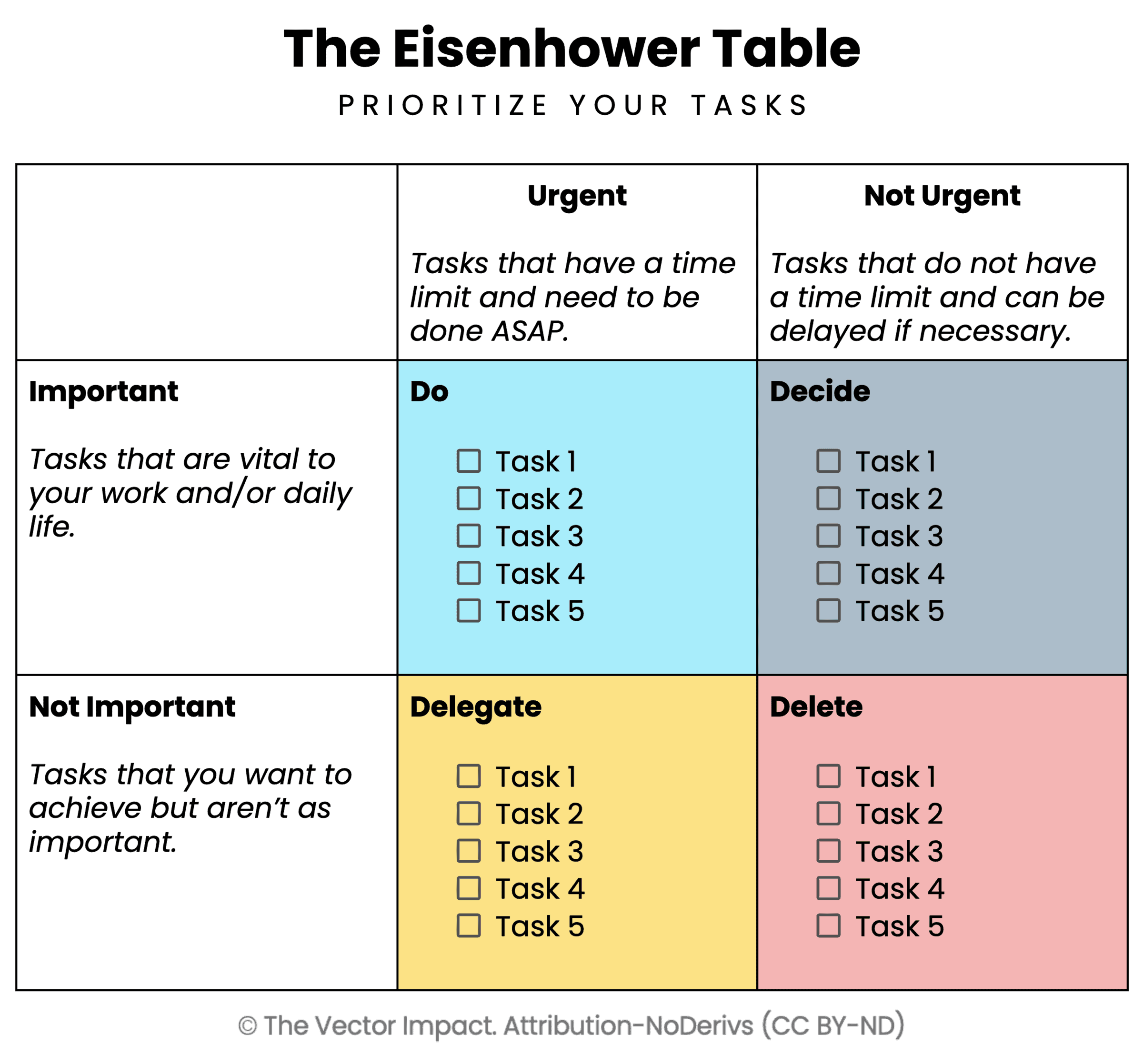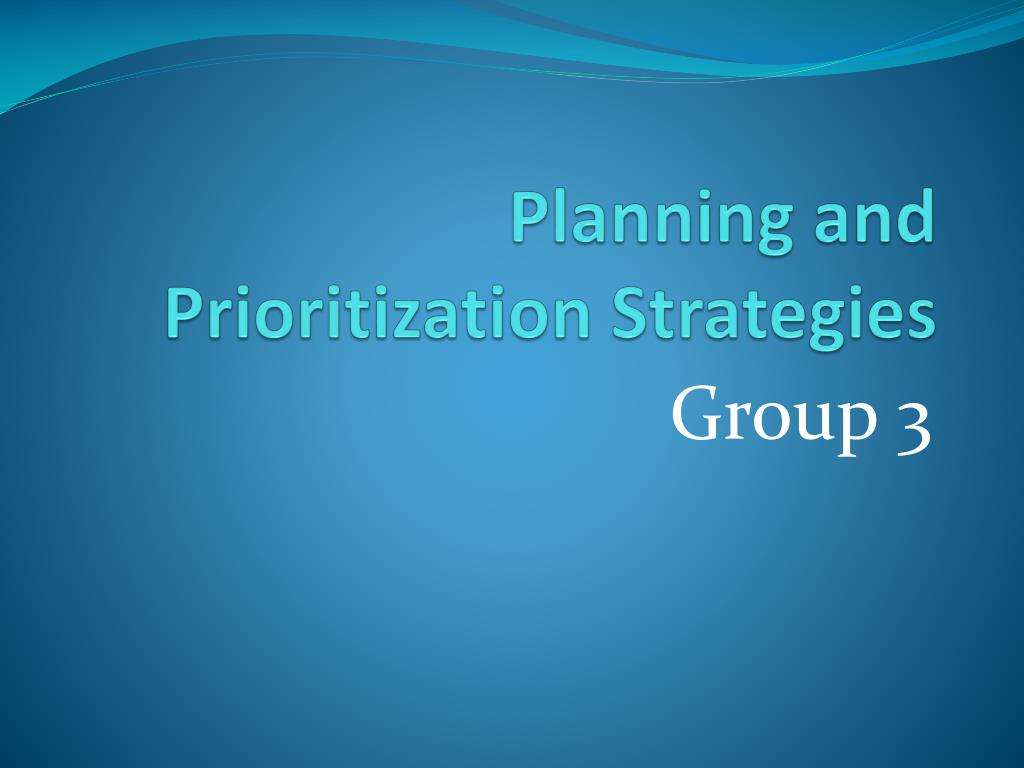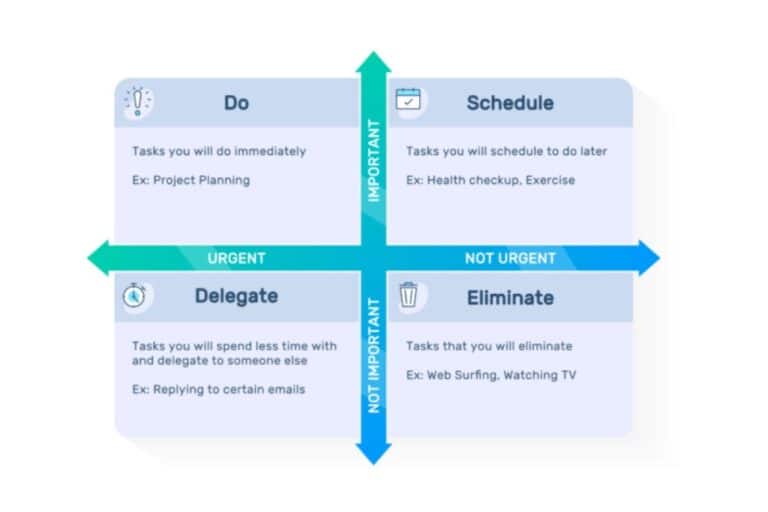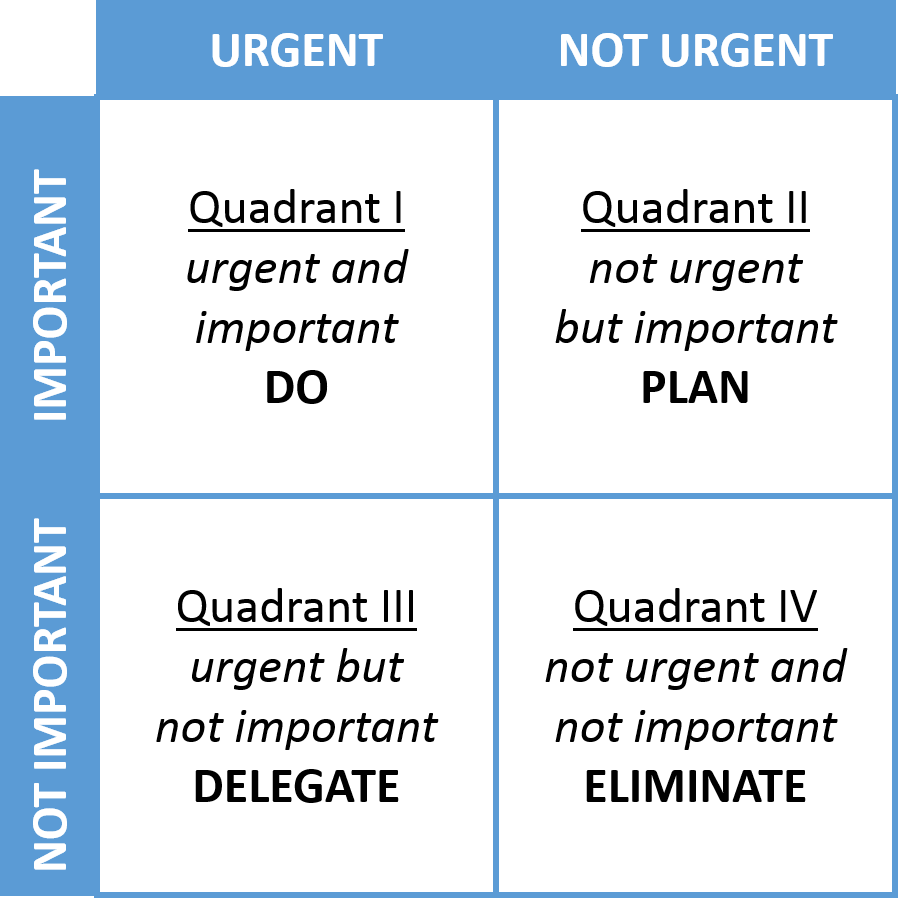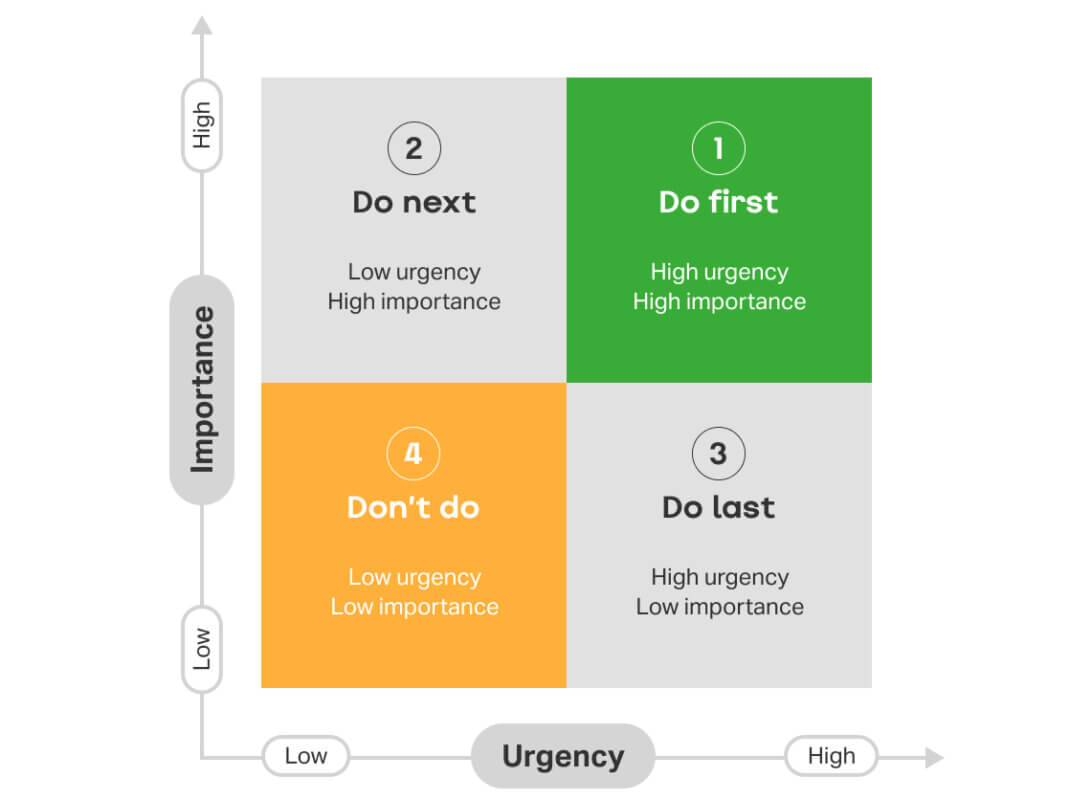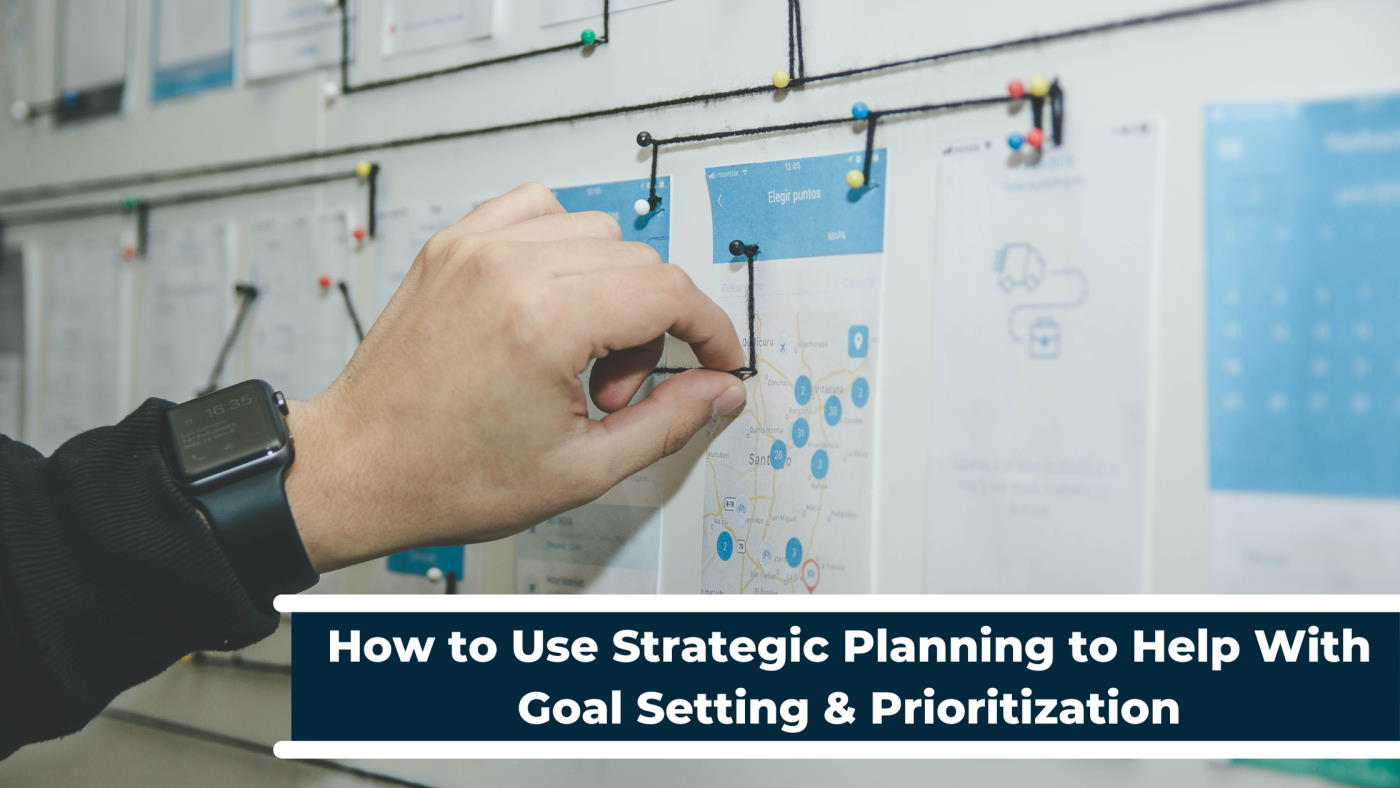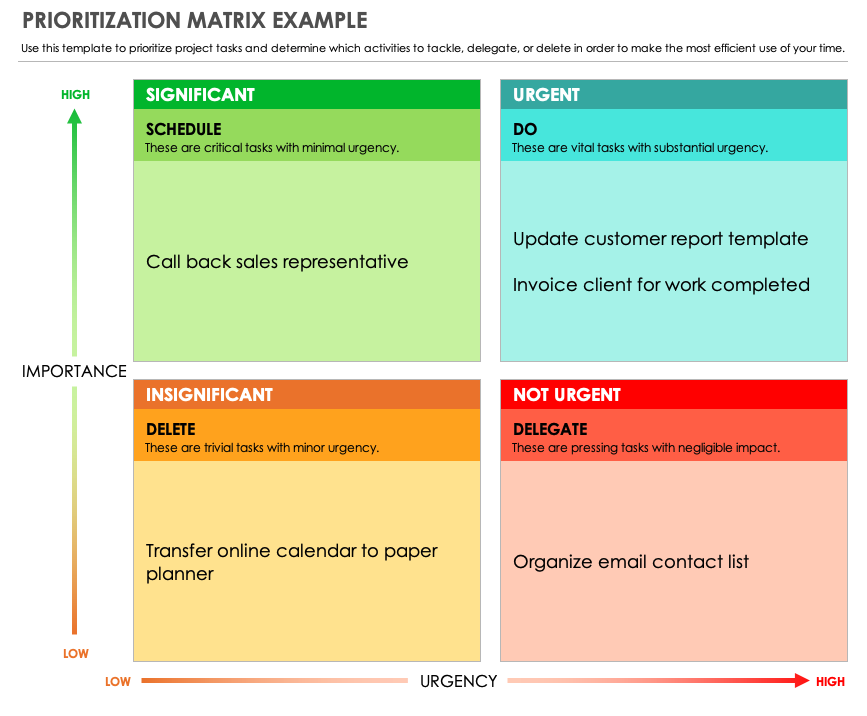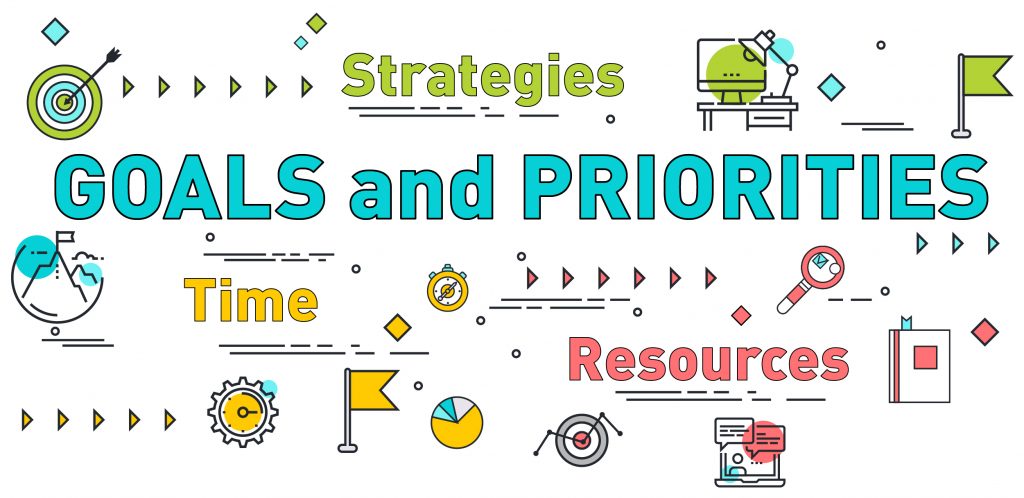Planning And Prioritizing Strategies
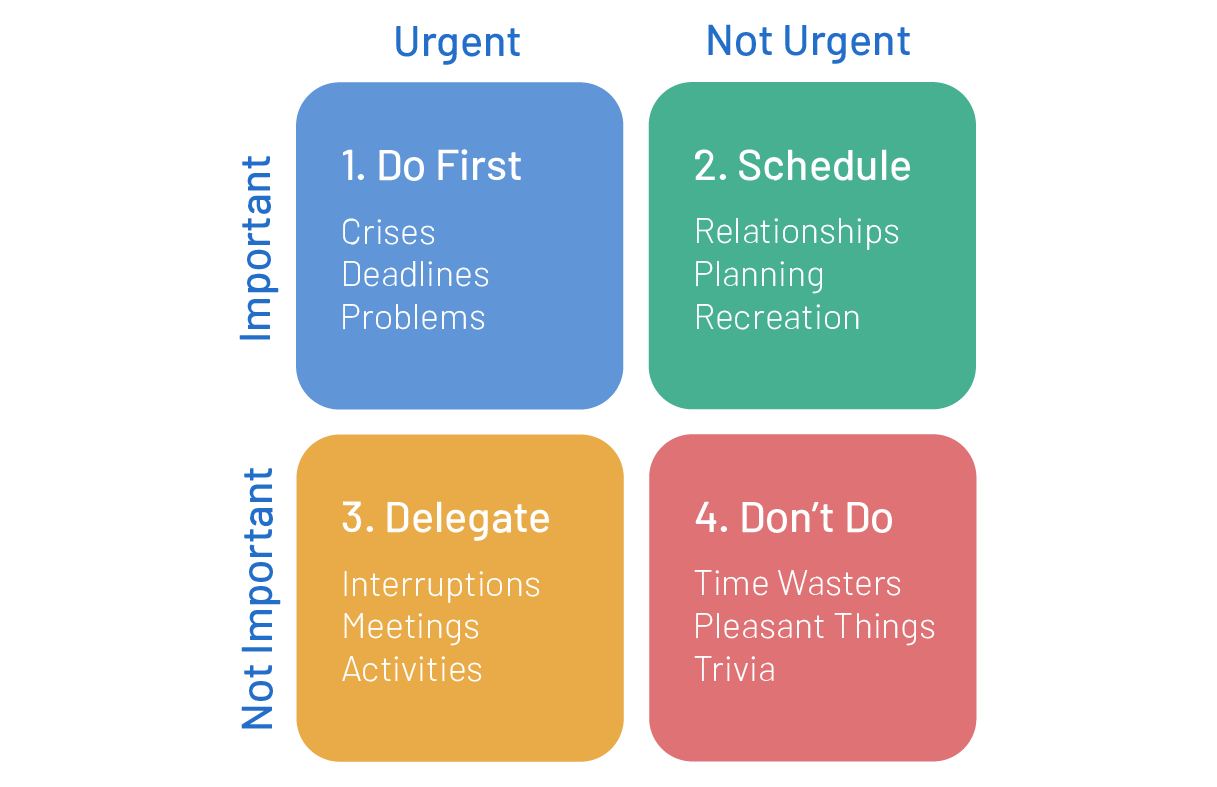
Businesses nationwide are facing unprecedented challenges, demanding a swift and decisive overhaul of strategic planning. This shift prioritizes agility and data-driven decision-making to navigate volatile market conditions.
The urgency stems from a confluence of factors: inflation, supply chain disruptions, and rapidly evolving consumer behavior. Companies are scrambling to adapt, but only those with robust planning and prioritization strategies will survive.
The Imperative of Agile Planning
Traditional, long-term strategic plans are proving increasingly obsolete. The new norm requires a dynamic approach, constantly reassessing priorities based on real-time data.
Who is affected? Every organization, from startups to multinational corporations, is feeling the pressure to adapt. What is changing? The entire strategic planning process, with a focus on short-term goals and adaptability.
Where is this happening? Across all sectors and geographic locations. When did this shift begin? The onset of the COVID-19 pandemic accelerated the need for agile planning.
Data-Driven Prioritization: The Key to Success
According to a recent study by McKinsey, companies that leverage data analytics in their strategic planning outperform their competitors by a significant margin. This data-driven approach informs resource allocation and identifies emerging opportunities.
Prioritization is no longer based on gut feeling but on concrete evidence. How are companies adapting? Investing in advanced analytics platforms and training personnel to interpret data effectively.
These investments allow for informed decisions. Why is this important? Because in today's market, survival hinges on making the right choices quickly.
Case Studies in Adaptation
Retail giant Walmart has successfully implemented an agile planning strategy. They quickly adjusted their supply chain and inventory management in response to the pandemic, mitigating potential losses.
Another example is the tech company Google, which constantly experiments with new products and services. Google adapts quickly to market feedback, demonstrating the value of iterative development and flexible planning.
These case studies highlight the importance of proactive adaptation. Organizations must embrace change to sustain a competitive edge.
Addressing Immediate Challenges
Many businesses are struggling with the initial implementation of these new strategies. The biggest hurdle is often the lack of a skilled workforce capable of analyzing data and implementing rapid changes.
Companies are addressing this skills gap through targeted training programs. Some businesses opt to outsource data analytics to specialized firms.
Another challenge is resistance to change within the organization. Effective communication and leadership are crucial to overcome this obstacle.
Next Steps and Ongoing Developments
The transition to agile, data-driven strategic planning is an ongoing process. Continuous monitoring and refinement are essential for long-term success.
Organizations should focus on building a culture of continuous learning and adaptation. This empowers employees to identify emerging challenges and propose innovative solutions.
The future belongs to those who can anticipate and adapt to change swiftly. Planning and prioritizing strategies is no longer an option; it's a necessity.


